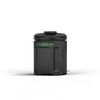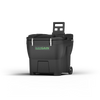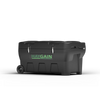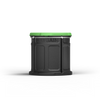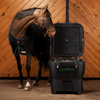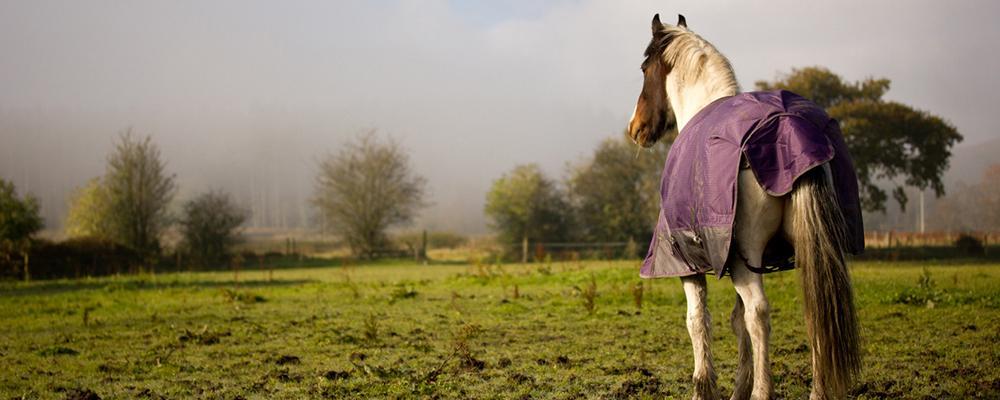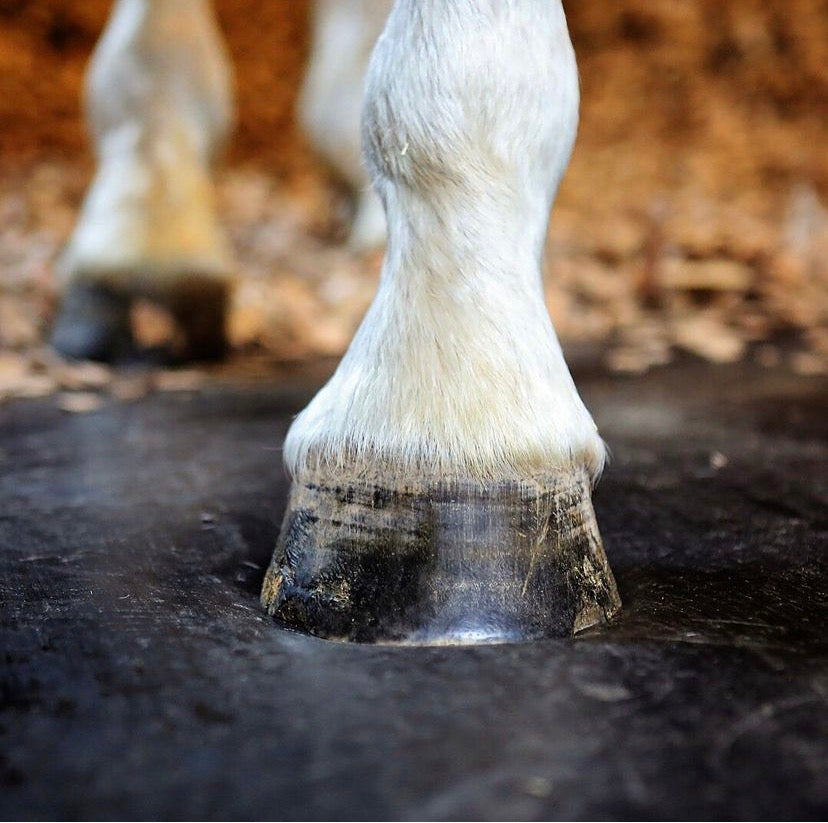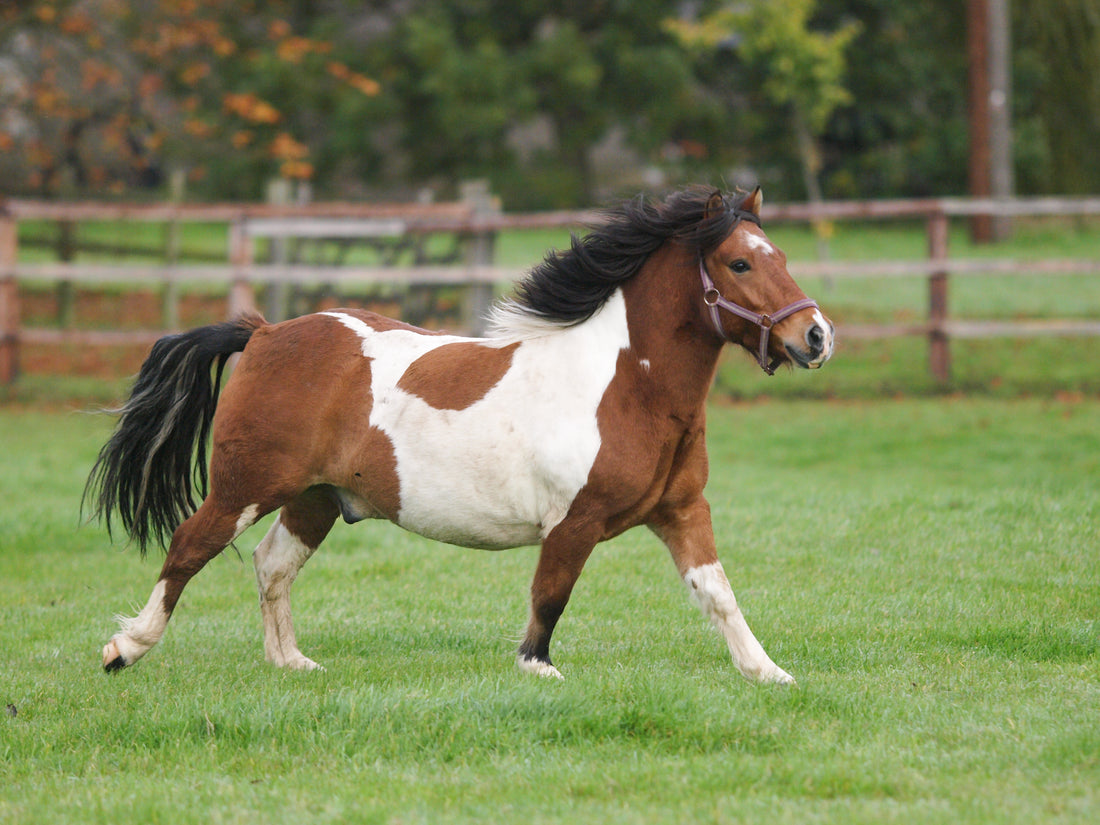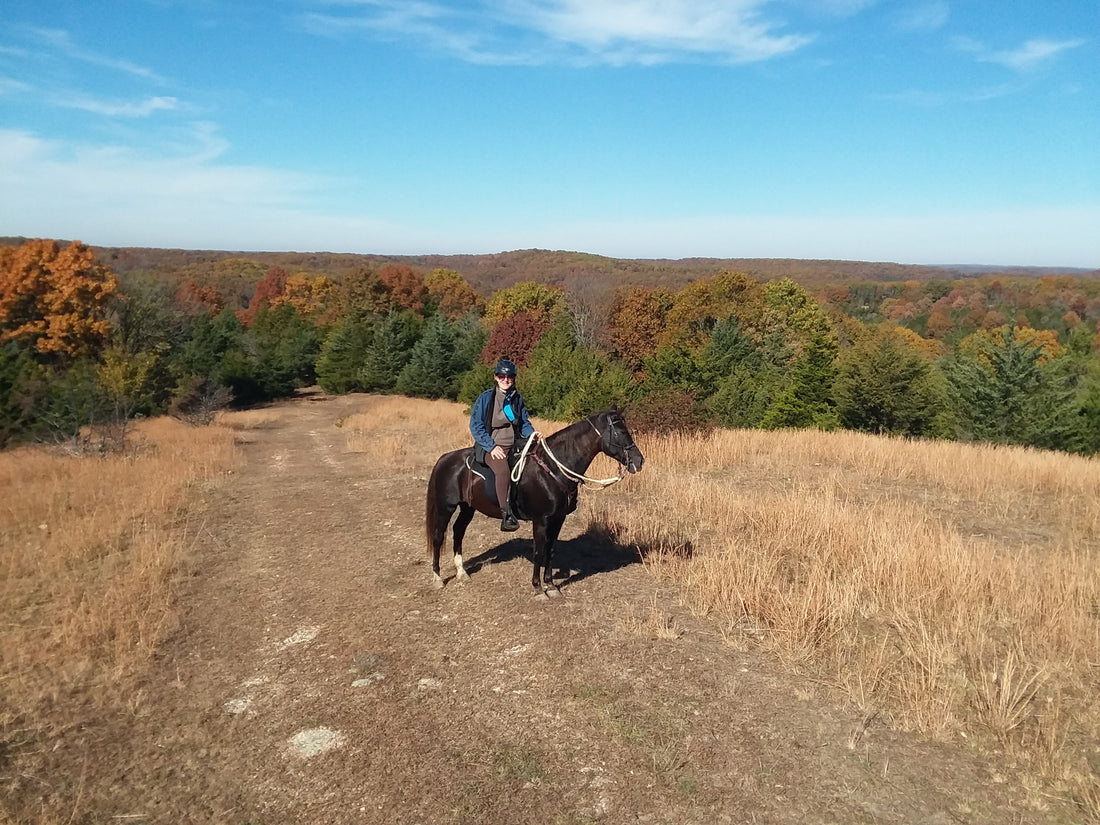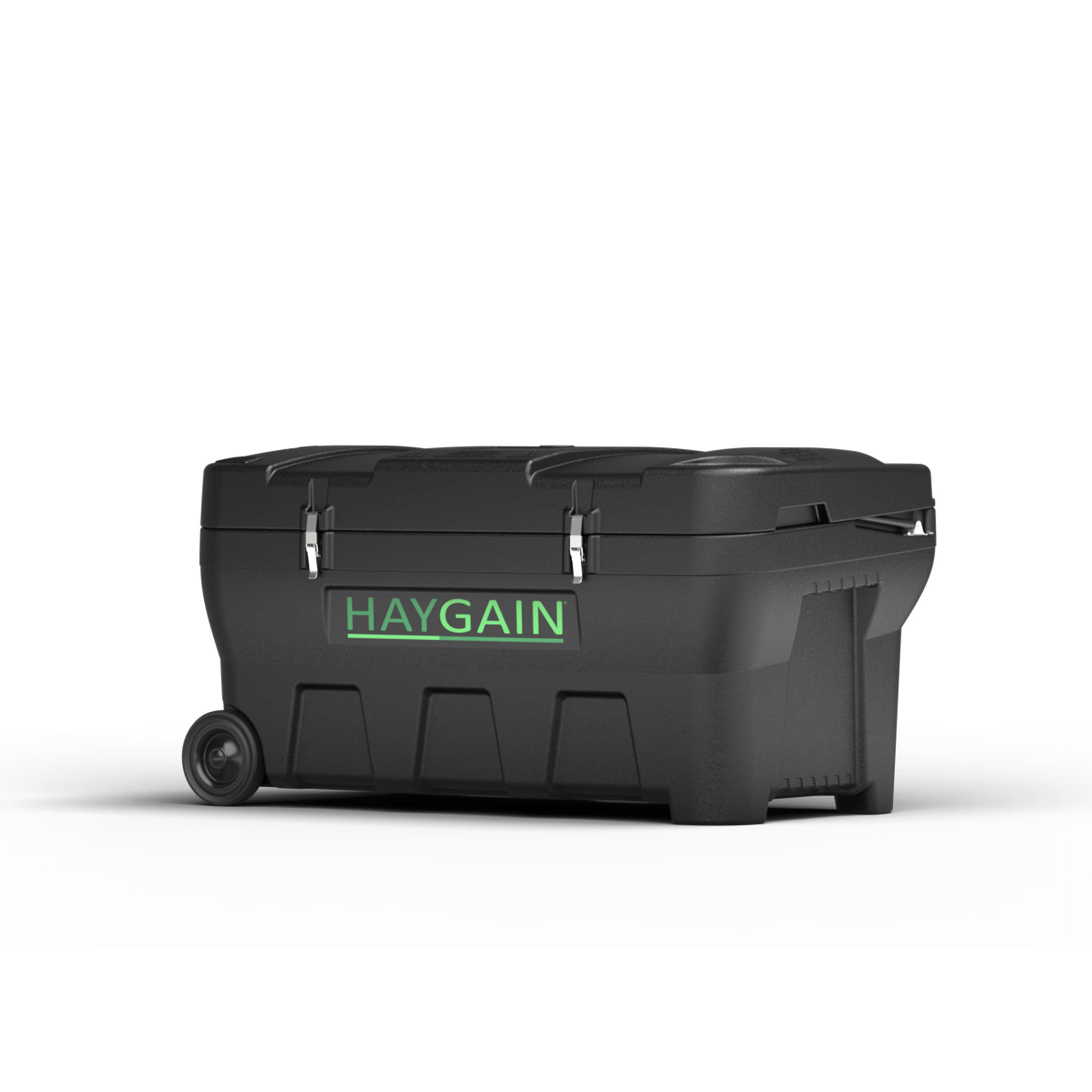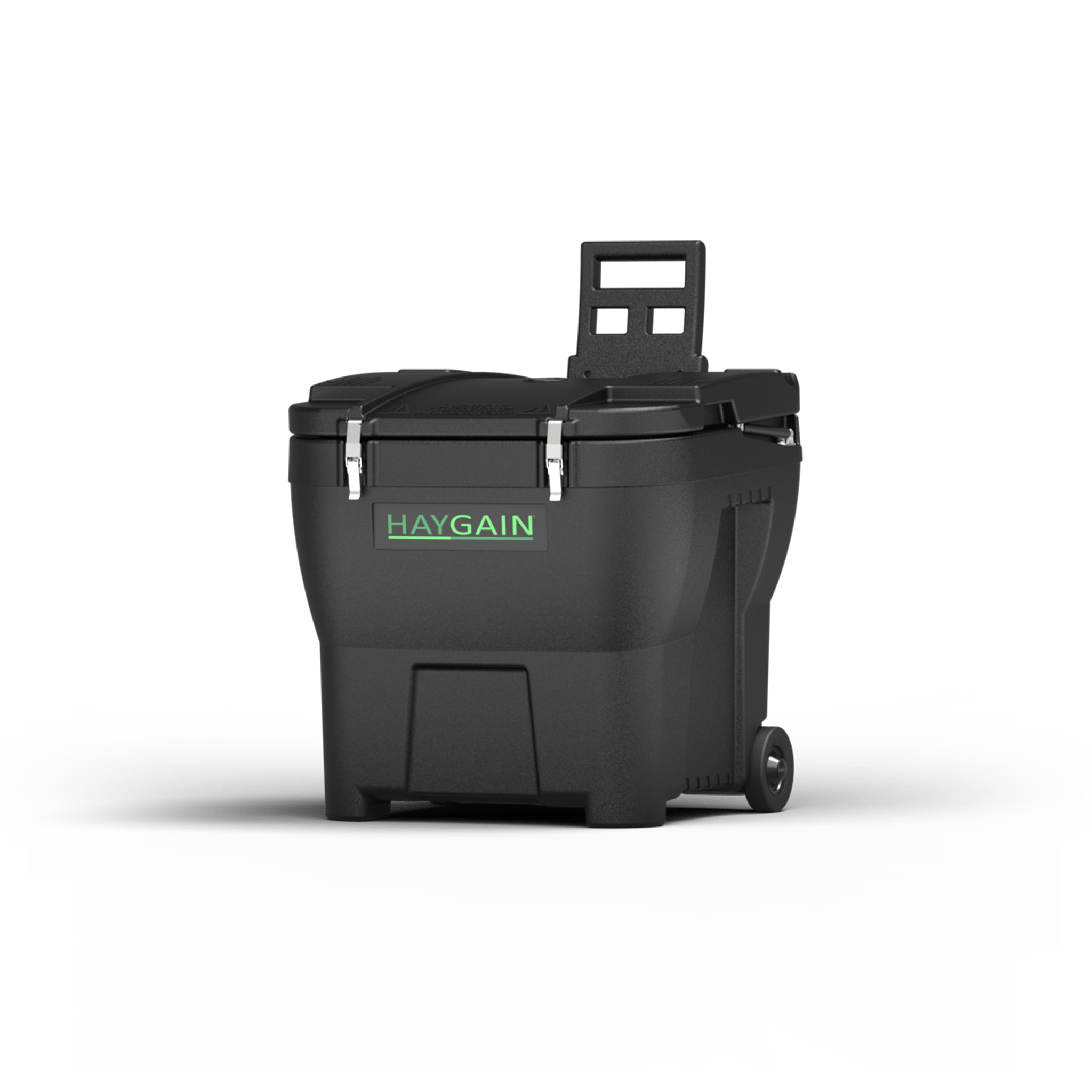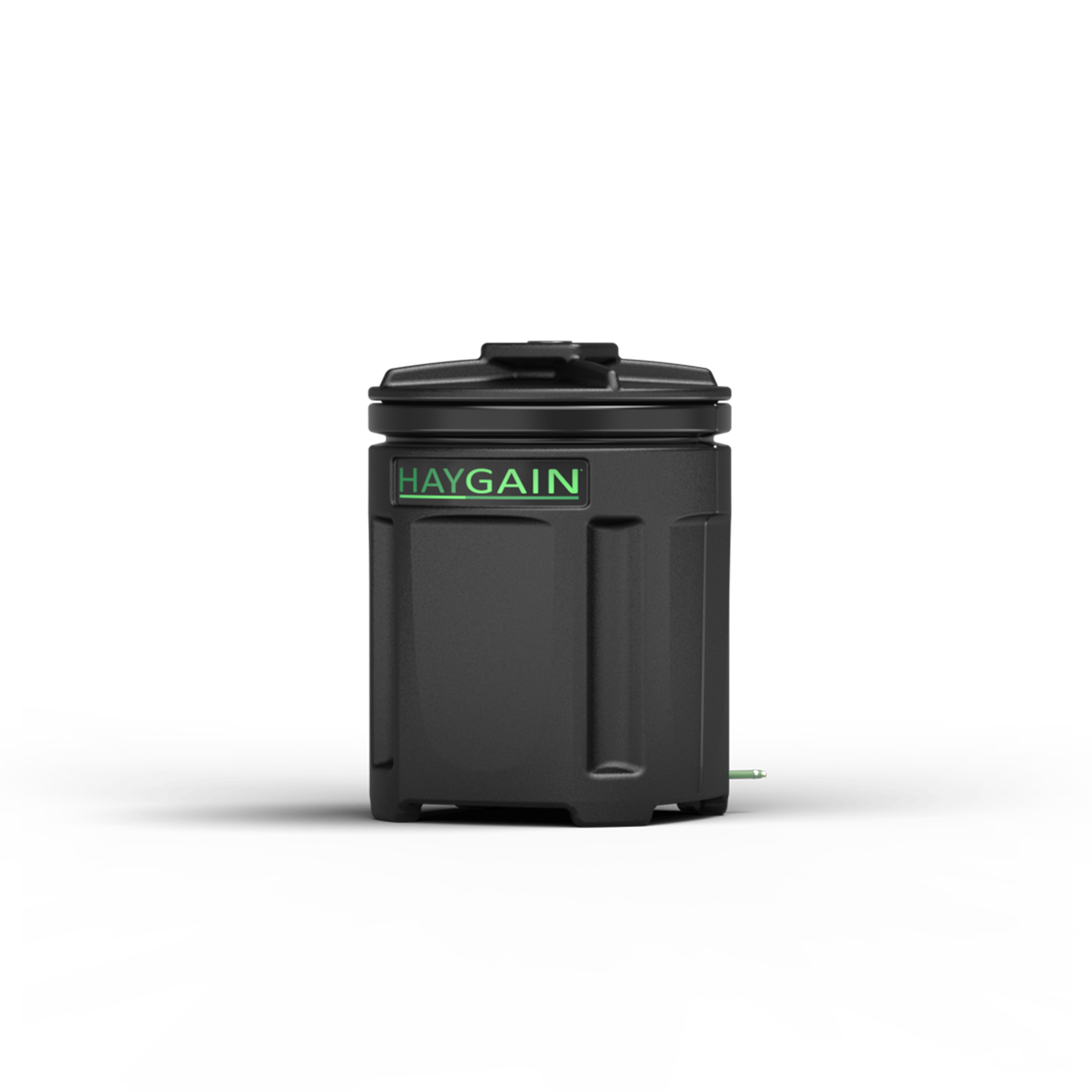01/11/2019
Snug as a bug...?
As winter sets in we feel the cold, and often assume our horses do too. While horses can learn to indicate their rug preferences [1], it’s doubtful they are considering the weather forecast. A recent newspaper article highlighted the damage and stress that over-rugging causes [2]. So what are the considerations for good welfare?
By Sharon Smith MSc BHSAPC | Equestrian Writer
Seasonal acclimatisation
Coats are shed according to changing daylight hours in autumn and spring, not temperature. Unseasonal weather can cause a horse to feel too hot or cold. Rain falls off a naturally oily winter coat as it forms a pattern, like roof tiles (see photo). The skin remains dry and the horse is warm. Thin summer coats may not be as effective against a cold wind direction and prolonged rain.
Shelter
Protection from wind-chill and sun/heat, more than rain. Prolonged exposure to a cold wind reaches their skin quicker if they are wet. Horses may prefer shelter over grazing if they are unrugged, which may promote weight loss. A thick hedge, wall, horsebox or stack of haylage bales can reduce wind-chill, and a tree gives shade too.
Breed
Compare the physical features of an Arab – adapted to avoid over-heating in a desert – with Shetland ponies or Icelandics. Generally, if a pony has frost on their back they are very well insulated and perfectly warm enough!
Diet
Fire up the horse’s internal radiator – the caecum. Feeding maximum forage encourages highly active gut bacteria, generating heat, warming the horse from the inside-out. Low calorie forage is perfect for weight loss, while still keeping warm. Feeding warm, steamed hay is an additional advantage in winter over hay soaked in ice-cold water.
Health conditions
Arthritis may discourage movement and dental problems can limit forage intake. PPID (Equine Cushing’s) can affect both coat and thermoregulation. Fungal skin disease is as easily encouraged beneath clammy rugs, as bacterial ‘rain scald’ is from exposed backs. Rugs can be invaluable, though, to protect horses susceptible to skin allergies, particularly those associated with flies, such ‘sweet-itch’.
"Feeding warm, steamed hay is an additional advantage in winter over hay soaked in ice-cold water."
Companions
Rug choice can depend on the social-scene! Group-housed horses use their field mates to shelter from wind and social bonds are easier if the horse can feel another’s touch. Alternatively, rugs can help protect from ‘horse-play’ or bullying companions.
Cleanliness
Of course you don’t want your grey covered in mud for a 5am start on the day of a show, but try to let them be horses otherwise. Horses roll in mud to cool down, reduce irritation, and to get rid of flies. So that expensive new turnout is trashed because it is uncomfortable and smells strange – not to spite you! Instead, muddy, unclipped horses can be brushed or washed only in areas that will be under tack. An average winter coat will protect the skin from residual minerals during exercise, and then a cooler-rug will avoid chills. Don’t forget: over-use of a body-brush strips the coat of natural oil and water-resistance.
"Body fat laid down in summer also insulates against the winter cold."
Body fat
Winter is the perfect time for horses to lose weight, as grass stops growing and horses spend more energy keeping warm. Native breeds have adapted to a 20% seasonal body weight fluctuation. Body fat laid down in summer also insulates against the winter cold. The internal heat generated from forage is even more important for thin horses, and vegetable oils added as it is the most energy-dense form of calories. There is now sufficient evidence to recommend a ‘forage and oil’ diet over a high-starch diet - even for horses in intensive work [3].
Conclusion
We are unable to replicate a natural environmental in domestication. Yet, horses can live longer with our care – but it takes a little thought. A young, obese, native cob can shiver without a rug for an hour or two before the winter sunrise. He will warm up quickly and be healthier for the weight loss by spring. Yet, an old, thin, thoroughbred with arthritis would benefit from a rug. Every horse is an individual, but two consistent rules for keeping every horse and pony warm are: feed forage and provide shelter.
References:
[1] Cecilie, M., Grete, H. M., & Knut, E. (2016). Horses can learn to use symbols to communicate their preferences. Applied animal behaviour science.
[2] Hellen, N. (26 November 2017) Hold your horses: they don’t need those blankets The Sunday Times Available from: https://www.thetimes.co.uk/edition/news/hold-your-horses-they-don-t-need-those-blankets-wrftt7d9r [Date Accessed: 27/11/17] [3] Harris, P. A., Ellis, A. D., Fradinho, M. J., Jansson, A., Julliand, V., Luthersson, N., ... & Vervuert, I. (2017). Feeding conserved forage to horses: recent advances and recommendations. animal, 11(6), 958-967.
Photo: author’s own.
TRENDING ARTICLES
-
BEFORE YOU GO
Get the Haygain Newsletter
Subscribe for the latest news, health advice, special offers and competitions. Fill out the form at the bottom of this page.
